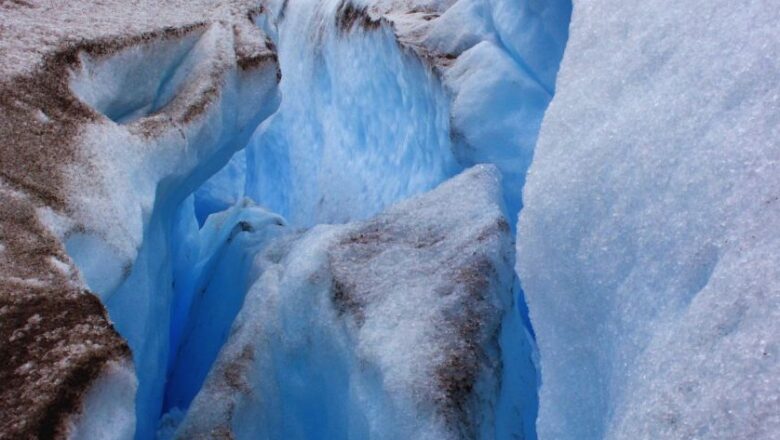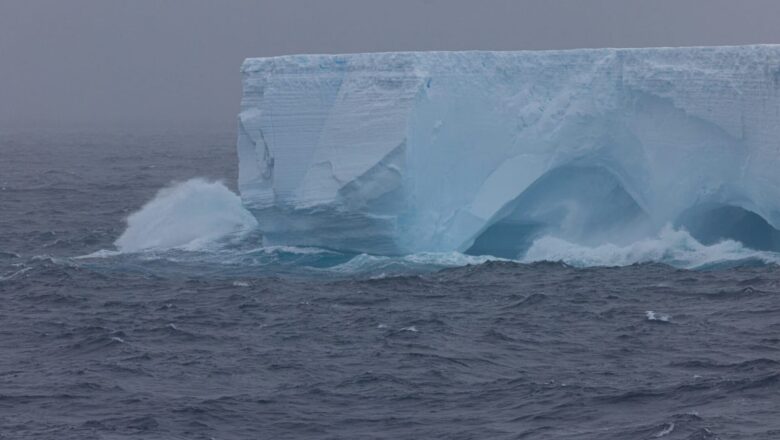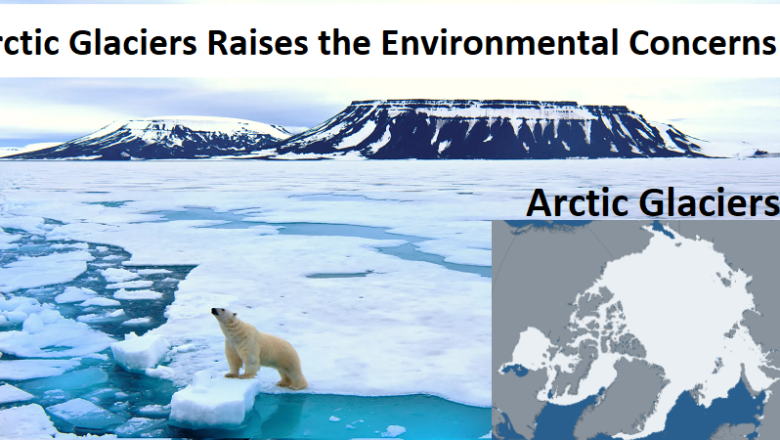
Antarctic Ice Sheet Near Irreversible Melting Tipping Point, Study Warns
A groundbreaking new study has revealed that the Antarctic Ice Sheet Earth’s largest contributor to potential sea-level rise may be dangerously close to an irreversible tipping point, beyond which melting will continue even if global temperatures are stabilised or reduced.
Scientists from Norway’s NORCE Research, the UK’s Northumbria University, and Germany’s Potsdam Institute for Climate Impact Research (PIK) have confirmed that the ice sheet is showing signs of “hysteresis” a phenomenon where a system continues on its path regardless of changes to the initial conditions. In this case, it means that the melting of Antarctica’s vast ice reserves could continue even without additional global warming.
Using sophisticated computer simulations known as Parallel Ice Sheet Model (PISM), th...



